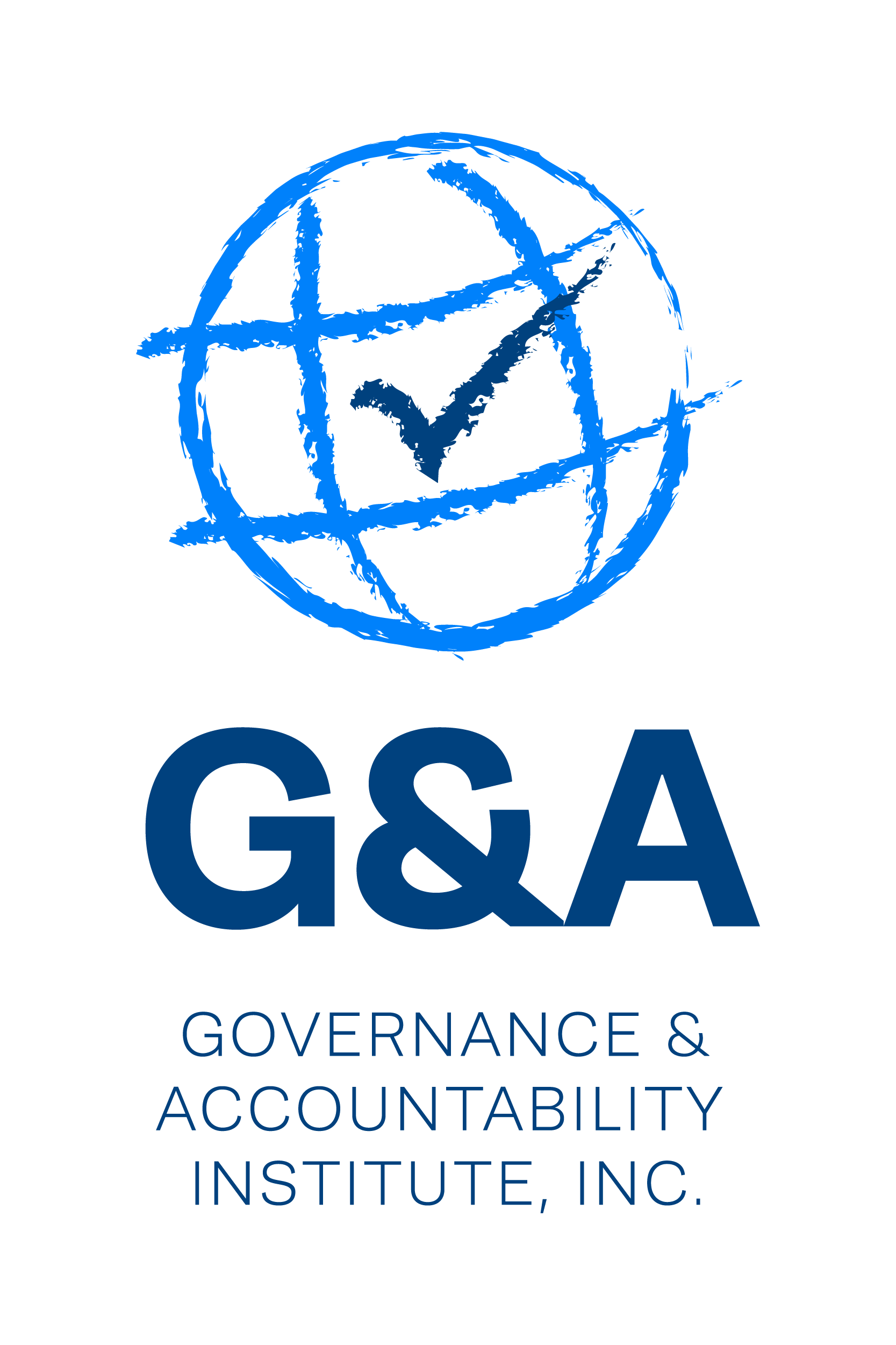Supply Chain Responsibility – A Signal of Excellence in Corporate Accountability? Stakeholders Are Increasingly Thinking That Way…in the “New World Order"
G&A's Sustainability Highlights (03.01.2018)

Learn More About G&A's Sustainability Highlights Newsletter
Back in 1991, the tense “Cold War” environment of the post-WWII era was coming to an end. President George H.W. Bush, a veteran fighter pilot in WWII and “Cold War Warrior,” addressed the U.S. Congress (January 19th) to deliver his State of the Union address.
“We stand at a defining hour,” he declared. “What is at stake is more than one small country (referring to Iraq at that moment); it is a big idea – a New World Order, where diverse nations are drawn together in common cause to achieve the universal aspirations of mankind…peace, security, freedom, and the rule of law. Such is a world worthy of our struggle and worthy of our children’s future.”
While the comments included references to the winding down of the Cold War and the enduring division of nations into two competing blocs (the USA and USSR) and standing-by status of “the Third World” of developing nations, the term “New World Order” captured the imagination and has endured. But what does it mean?
Among other things, it means a freer flow of goods, capital and people among the nations of the world, relatively more peaceful conditions and more freedom to create more opportunity in every corner of the globe. And that meant the s-t-r-e-t-c-h-i-n-g of the corporate procurement and sourcing efforts and the building of a much-more complex and far-flung supply chain for many developed society companies.
And as that supply chain became a more universal practice and more deeply embedded into the vital operations of the corporate sector, indeed many aspects of the “New World Order” became apparent. And questions began to arise: What are the conditions of the workers within your global supply chain? What are the environmental protections being put in place as the local suppliers in less-developed nations strive to produce more for the major customers in developed societies? What is your firm’s contributions to the well-being of the local community at which you source your goods?
Many company managements do struggle with the answers to these questions – and investors and stakeholders continue to raise questions about the nature of, the operation of, conditions within, the supply chain of many companies in their portfolios.
We have brought you numerous reports from around the world on the subject of global supply chains in these weekly newsletters. This week’s Top Story is about survey results from DNV GL; the company conducted a survey of professionals at global companies across Europe, the Americas and Asia – out of 1400 responses, 60 companies emerged as supply chain “sustainability leaders” based on attributes defined by DNV GL. You’ll want to read this.
This is just the introduction of G&A's Sustainability Highlights newsletter this week. Click here to view the full issue.

